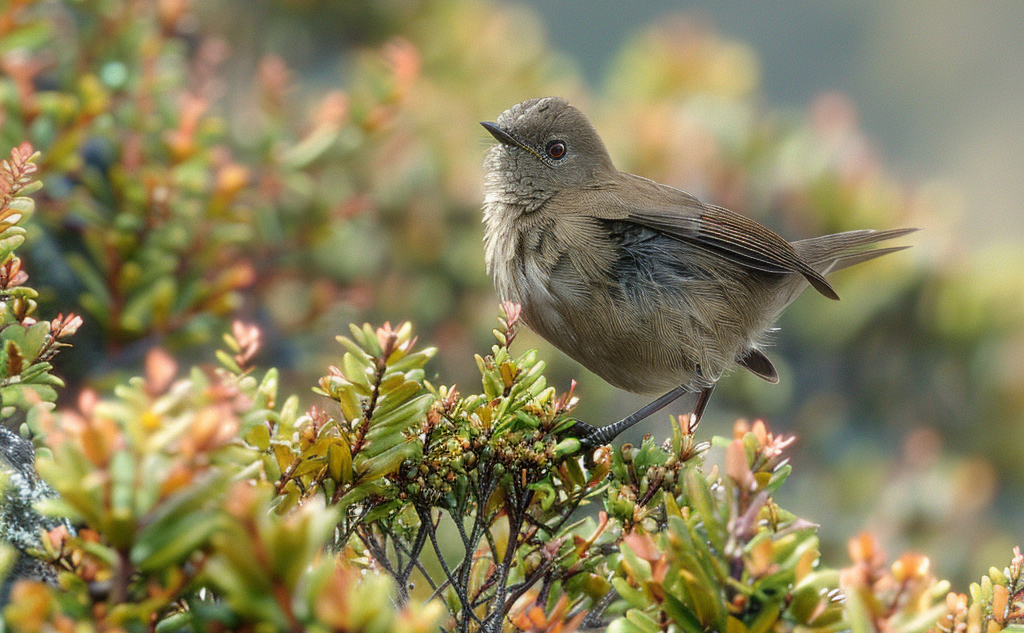The Thornbill family, scientifically known as Acanthiza, holds a special place in Australasian biodiversity. These small, delightful birds charm with their unique appearance and behaviors.
What is a Thornbill?
Acanthiza represents a genus of passerine birds, primarily native to Australia, with two species, A. murina (the “New Guinea Thronbill”) and A. cinerea (“Grey Thronbill”), found exclusively in New Guinea. Commonly referred to as Thornbills, these birds should not be confused with species from the hummingbird genera Chalcostigma and Ramphomicron, also termed Thornbills, as they are not closely related.
Thornbills are named for their slender, elongated beaks. Locally, they are sometimes colloquially called “tits,” although the Australian continent lacks true tit species. Nevertheless, Acanthiza species exhibit some behavioral similarities to tits, such as their insectivorous diet and social habits.
Species Diversity and Distribution
The Thornbill family boasts an impressive diversity, with over a dozen recognized species. Each species being slightly different with subtle differences in plumage and variations in habitat choices, behavior and calls.
Habitat preferences range from forests and woodlands to scrublands and heathlands.
Conservation Status
While most Thornbill species are still relatively common, some face threats due to habitat loss, degradation and climate change. The majority of Thornbill species are listed as of least concern, while others such as the Mountain Thornbill from the rainforests of Northern Queensland are classified as vulnerable.
Habitat destruction and degradation, caused by factors like urbanisation, agriculture and deforestation, poses a threat to these birds. Fragmentation of their habitats disrupts breeding, foraging and movement patterns, making them more susceptible to predation and other dangers.
Climate change exacerbates these challenges by altering habitat conditions and disrupting food availability. Changes in rainfall patterns and temperature can affect the distribution of plant species with their associated insect life that Thornbills ultimately rely on for food and shelter.Initiatives such as habitat restoration, land management practices and protected area establishment are important for ensuring the long-term survival of these charming birds.

